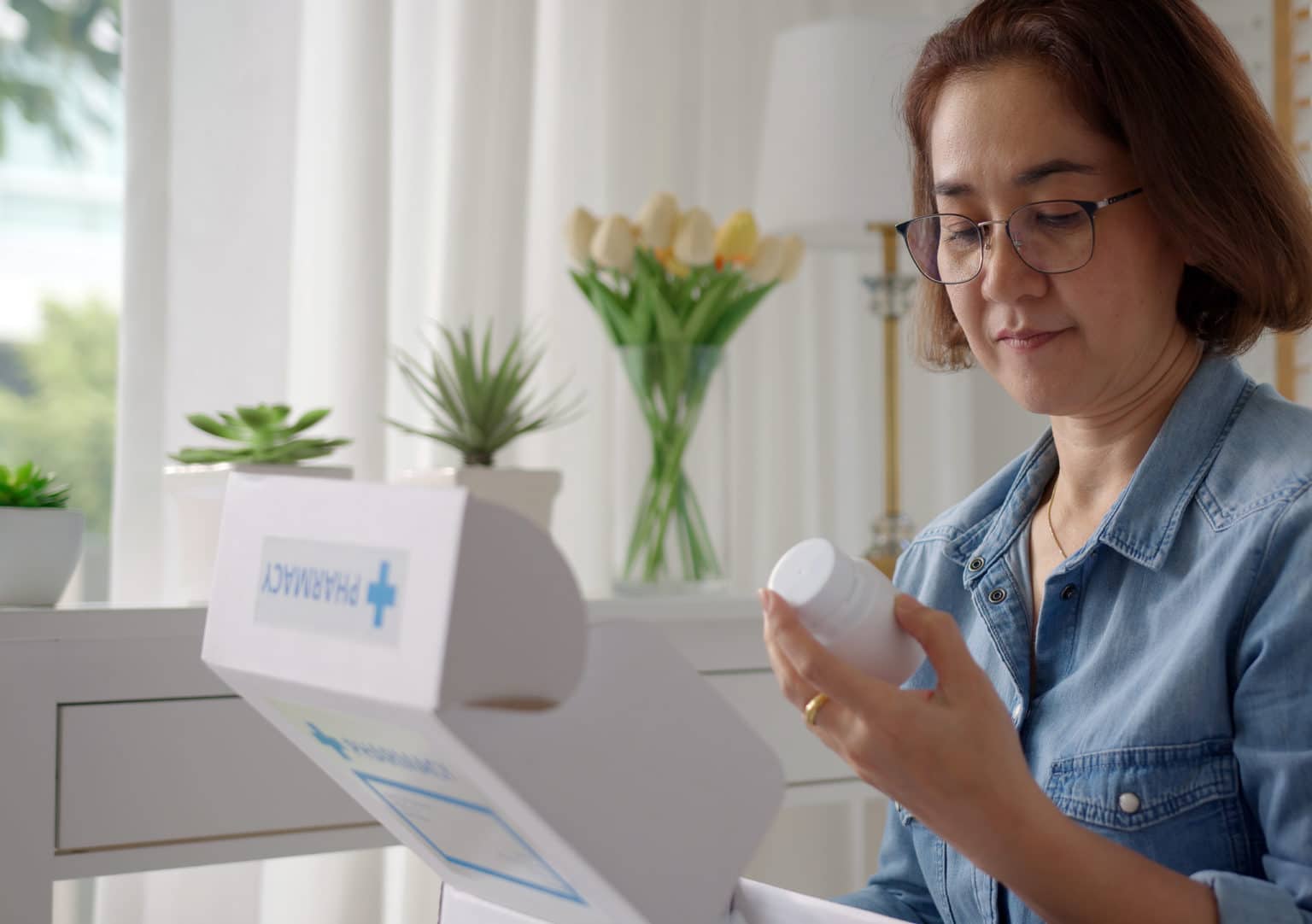Smart IP Packaging Helps Clinical Trials Avoid Supply Chain Hurdles to Study Startup
Ian Davison, Ph.D. Neuroscience, Medrio’s In-house RTSM Subject Matter Expert
Packaging decisions may seem benign, but they can have a direct impact on whether a clinical trial experiences supply chain issues. The ability to get investigational products to sites, and appropriately store them, is not a given – and this oversight can have serious consequences. Employing your randomization software for clinical trials vendors’ expertise early prevents these issues from becoming problems and can expose surprising efficiencies.
Facing a myriad of deadlines and deliverables, time- and resource-crunched study leaders maintain a delicate balance around how tasks should be prioritized, day-by-day or minute-by-minute, in the race against the clock to FPI (first participant in). Often this means that critical decisions about the core technologies that will enable the study are deferred until just months (or even weeks) before FPI, and why not? Past practice has shown that with the right vendor, the Randomization and Trial Supply Management (RTSM) system can be refined until days before go-live. But this approach is short-sighted.
Triaging other decisions and projects over RTSM activities may seem obvious since it enables the study team to prioritize milestones that require a longer-lead time. In fact, often the product is already packaged, labeled, and sitting in the warehouse by the time the RTSM software decision is made. However, when it comes to RTSM software, there are multiple advantages to engaging a vendor up to a year in advance of study start to ensure that the supply chain and clinical operations are operating in tandem.
Packaging and labeling decisions made in advance of platform selection may have inadvertently “designed out” critical opportunities to enhance supply management, clinical operations, and participant safety, to say nothing of basic efficiencies. When leveraged early, the right RTSM vendor can answer several critical IP packaging decisions and streamline clinical trial startup.
How are the kits packaged and labeled?
Some studies will create a participant pack for the participant’s full participation in the study. For example, if the participant is scheduled to complete 10 visits to the site during the trial, the participant pack is produced with enough product for the full 10 visits and, potentially, labeled with the participant’s unique identification number. As each visit occurs, the site takes a kit from that participant’s participant pack.
At the surface, this intuitively seems like an efficient and organized way to manage the supply inventory, but consider what happens if that participant withdraws or is removed from the study after two of the 10 visits. Suddenly the site is holding eight wasted kits because they are in a box that is already dedicated to that participant.
Similarly, what if – despite best intentions and care – a kit becomes damaged during the study, leaving that participant without a full cycle? In this instance, the easy decision may be to open another box to take a replacement kit, but suddenly 20 kits are tied to one participant because one kit was broken.
Consider the financial implications of this waste. If the product cost is $1,000 per participant pack and there are 10 kits in the box, there’s $10,000 sitting in a box, with limited visibility into what has happened to it.
How many kits can fit in a box?
The question of how many kits can fit in a box is an important metric. Consider this: what if you only fit eight in a box but set the shipment at nine? This means you’ll need to split the kits into two boxes and have all the inefficiencies associated with tracking two shippers and two temperature logs. And be careful – which kits are in with which temperature logger? Experienced RTSM vendors have the foresight to consider these types of scenarios and can work with you to create harmonized kit and shipment designs. This ultimately reduces not only the cost of shipping but the associated environmental and sustainability impacts as well.
How many kits can the site store safely?
It’s also important to consider not only how many products can fit in a box but the size of the box. Sites and pharmacies nearly always have limitations on the space they can dedicate to kits. For example, you may be able to put one hundred blister packs of paracetamol (acetaminophen) on a shelf. However, if your products are the size of a shoebox, most pharmacies won’t have the space to hold the same inventory of one hundred.
The concern around site storage capacity becomes even greater for products that need to be held at an ultra-low temperature or for controlled substances with security concerns, like opioids. With space at a premium, sites need to consider how much space they have in their -80 freezer. Most sites don’t have the capacity to hold one hundred kits in storage. Additionally, many pharmacies have regulations limiting opioid quantities because of the risk of having a controlled substance in a pharmacy, such as theft.
How can I make the best use of my limited IP resources?
Eventually, kits that have been packaged, labeled, and stored will need to be distributed to study participants. This provides yet another opportunity for sponsors to enhance trial supply management efficiencies by partnering with the right RTSM vendor. Based on the chosen packaging design, an RTSM can be used to build allocation rules and automate the process of distributing kits based on parameters set by the user. For example, the user may choose to manage supply using a reorder-point method, demand drive, or just-in-time strategy. There may be different sources at different stages in the trial (from pharmacy at visit one, then direct-to-participant subsequently). All of these can be supported by the RTSM, ensuring that the correct IP is always available when and where it’s needed and that there are no missed participant visits or other disruptions to study continuity.
Realizing the benefits of fully-optimized RTSM
While most studies employ some kind of RTSM solution, many study leaders wait to engage with their vendors until after other critical supply chain decisions have already been made. Often, the investigational product is already prepared for shipment by the time study leaders begin thinking about which RTSM solution to use.
Maximizing efficiencies in your supply management and dispensing strategy requires early collaboration and planning with your RTSM vendor and abandoning one-size-fits-all RTSM strategies that don’t adequately address the unique facets of your IP supply. Learn more about how a fully-optimized RTSM solution can make a difference by clicking here, or request a demo to take the first step in streamlining your study startup.
Related Resources



